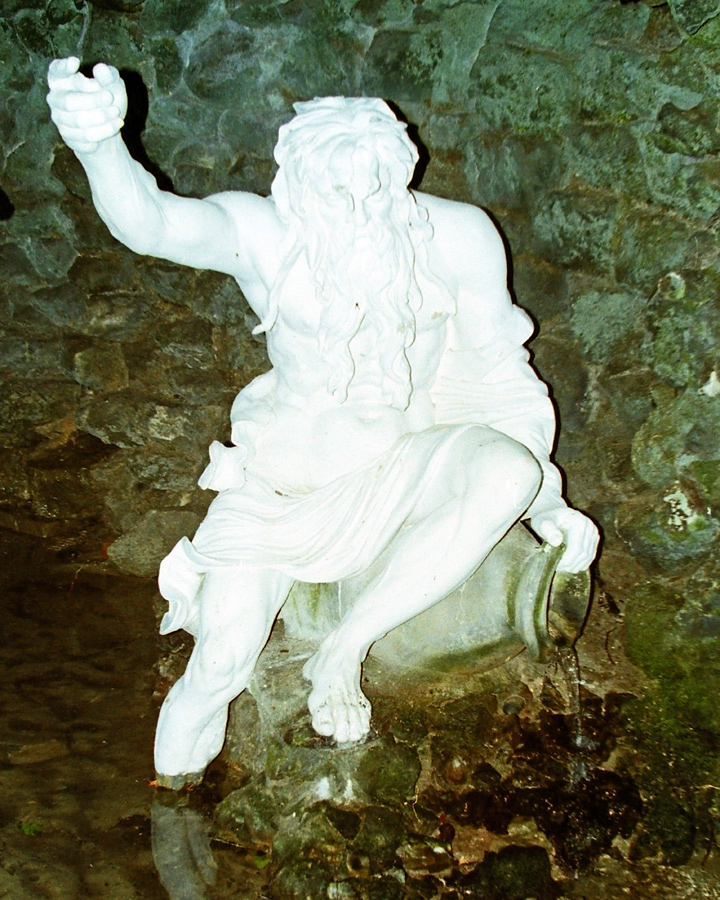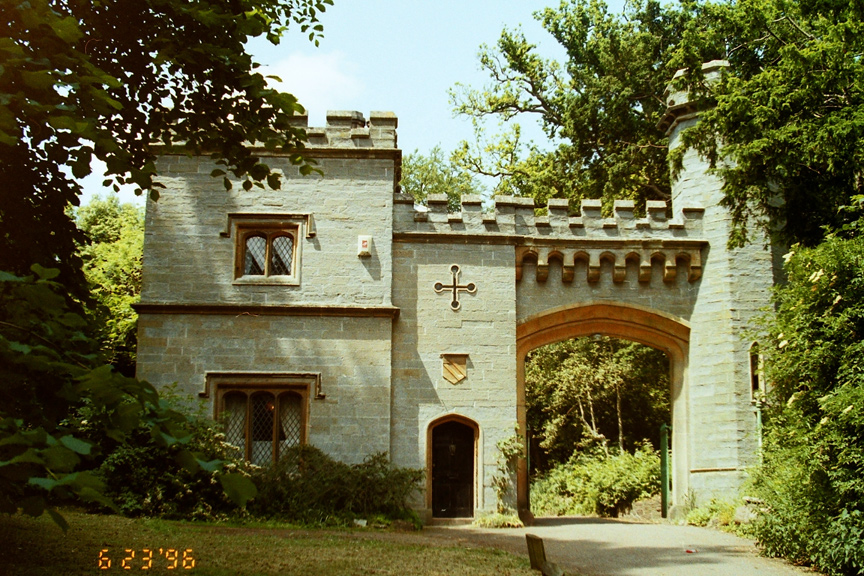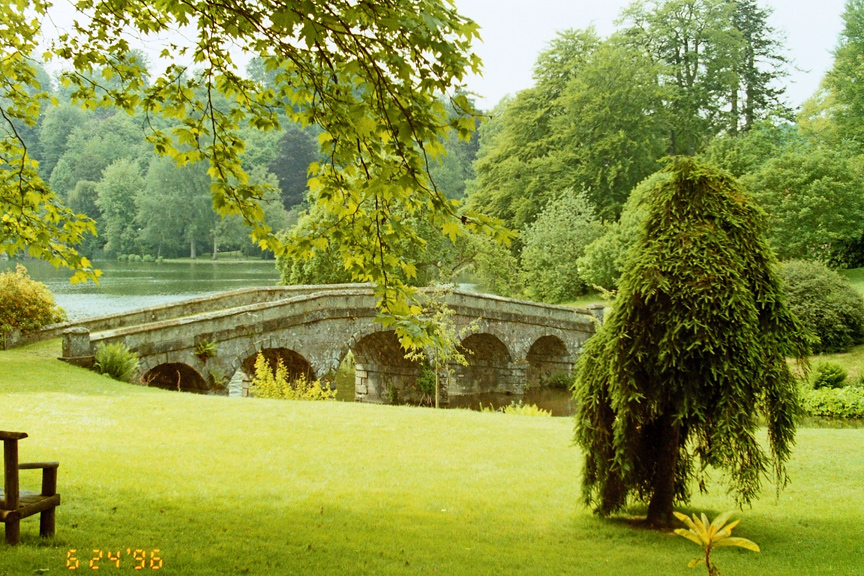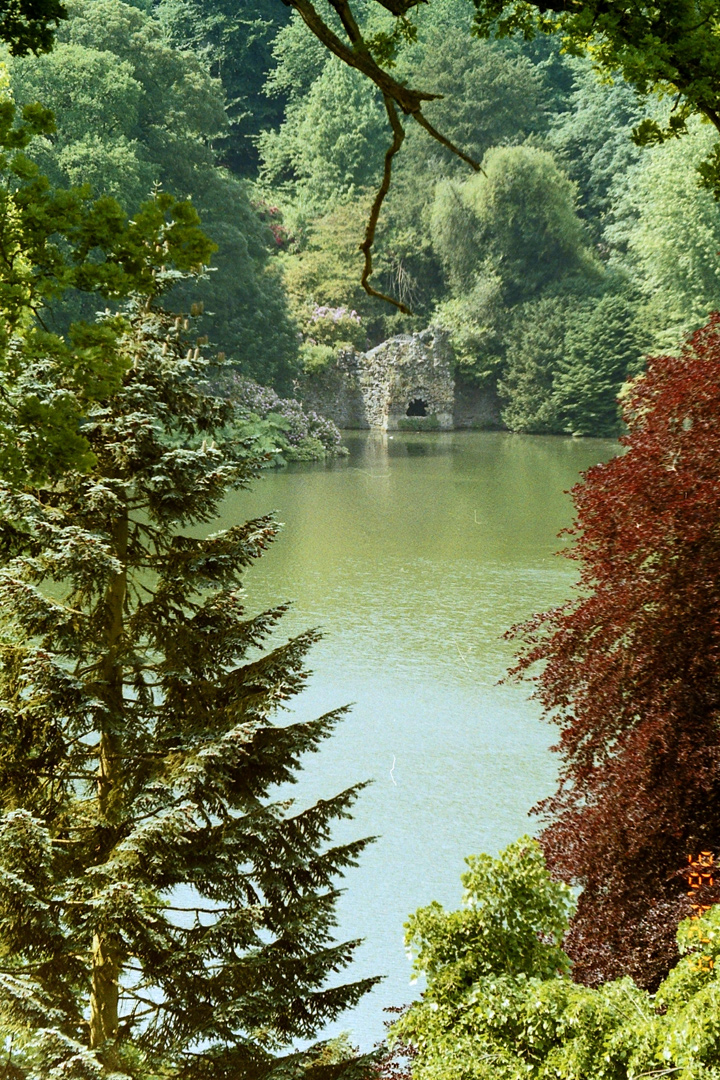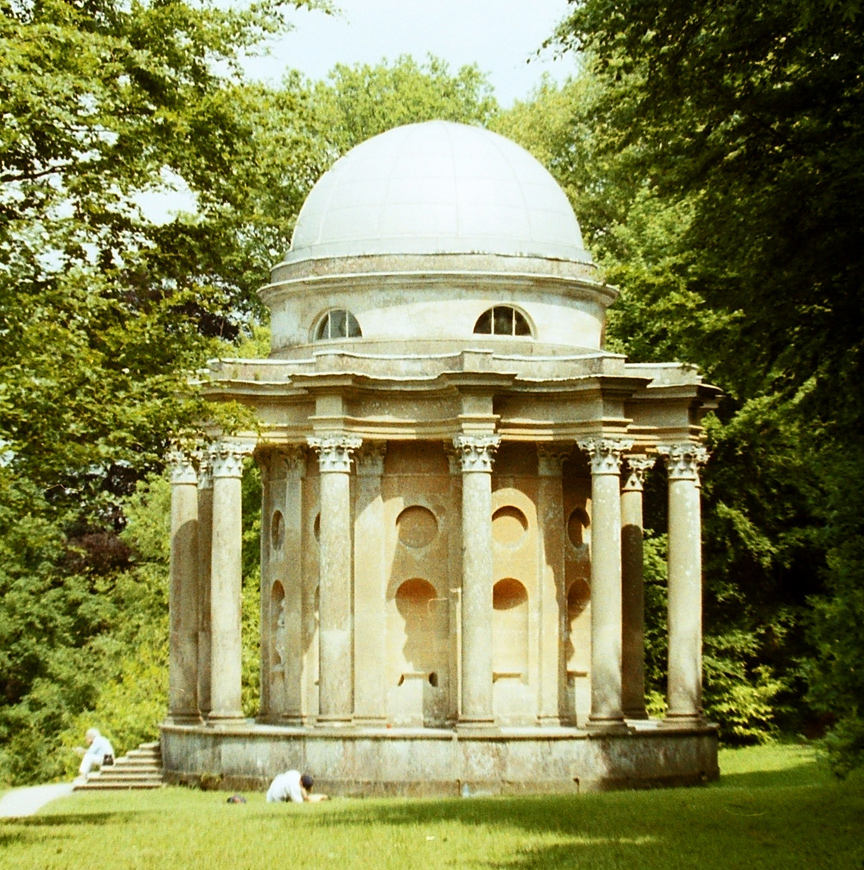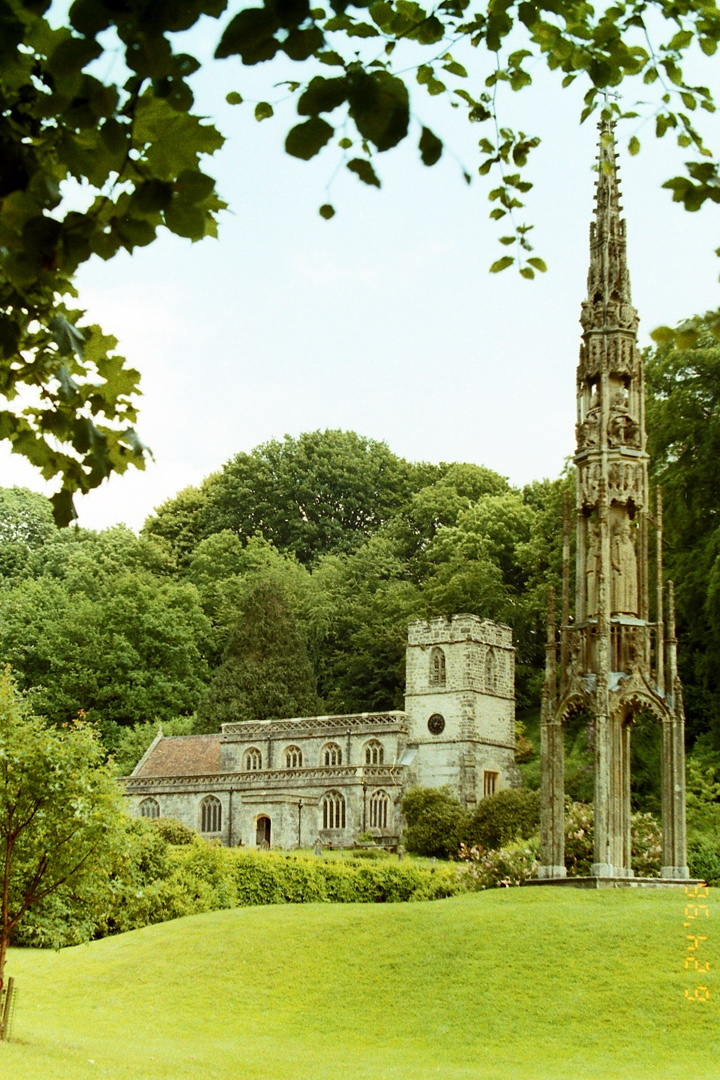

Stourhead

Stourhead is a 1,072-hectare (2,650-acre) estate at the source of the River Stour near Mere, Wiltshire, England. The estate includes a Palladian mansion, the village of Stourton, gardens, farmland, and woodland. Stourhead has been in the ownership of the National Trust since 1946.
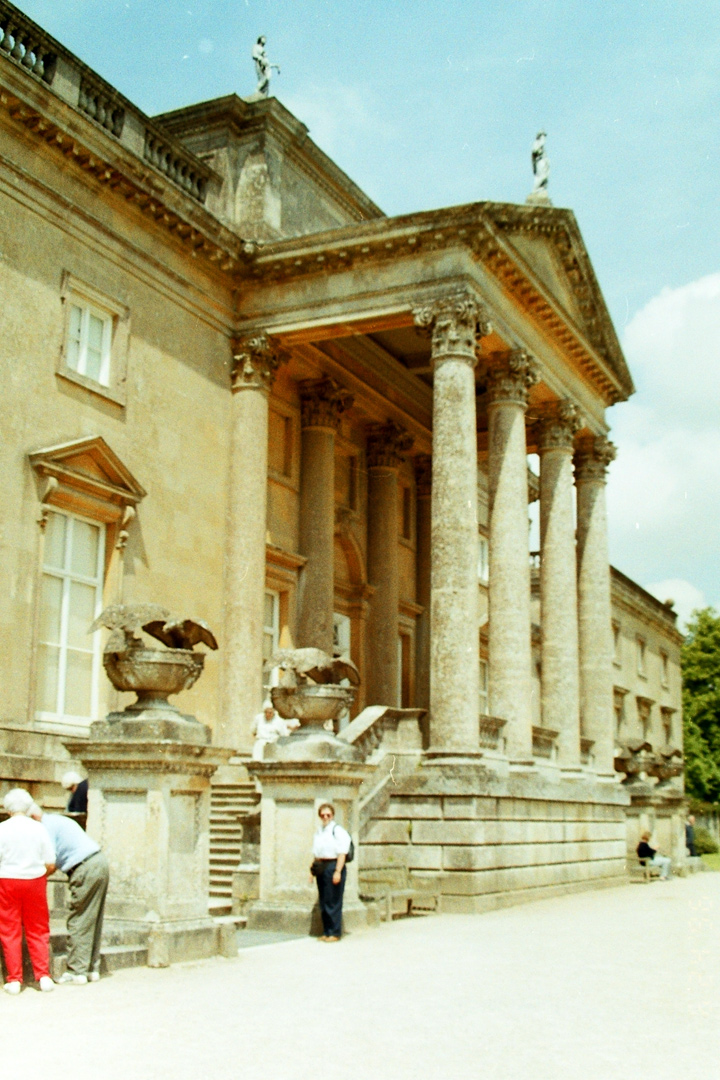
The Stourton family, the Barons of Stourton, had lived in the Stourhead estate
for 500 years until they sold it to Sir Thomas Meres in 1714. His son, John
Meres, sold it to Henry Hoare I, son of wealthy banker Sir Richard Hoare in
1717. The original manor house was demolished and a new house, one of the first
of its kind, was designed by Colen Campbell and built by Nathaniel Ireson
between 1721 and 1725. Over the next 200 years the Hoare family collected many
heirlooms, including a large library and art collection. In 1902, the house was
gutted by fire. However, many of the heirlooms were saved, and the house rebuilt
in a near identical style. The last Hoare family member to own the property,
Henry Hugh Arthur Hoare, gave the Stourhead house and gardens to the National
Trust in 1946, one year before his death. His sole heir and son, Captain "Harry"
Henry Colt Arthur Hoare, of the Queen's Own Dorset Yeomanry, had died of wounds
received at the Battle of Mughar Ridge on 13 November 1917 in World War I.
Captain "Harry" Hoare is commemorated by a plaque on the Memorial Hall at
Stourhead. The last Hoare family member to be born inside the house is Edward
Hoare on 11 October 1949.
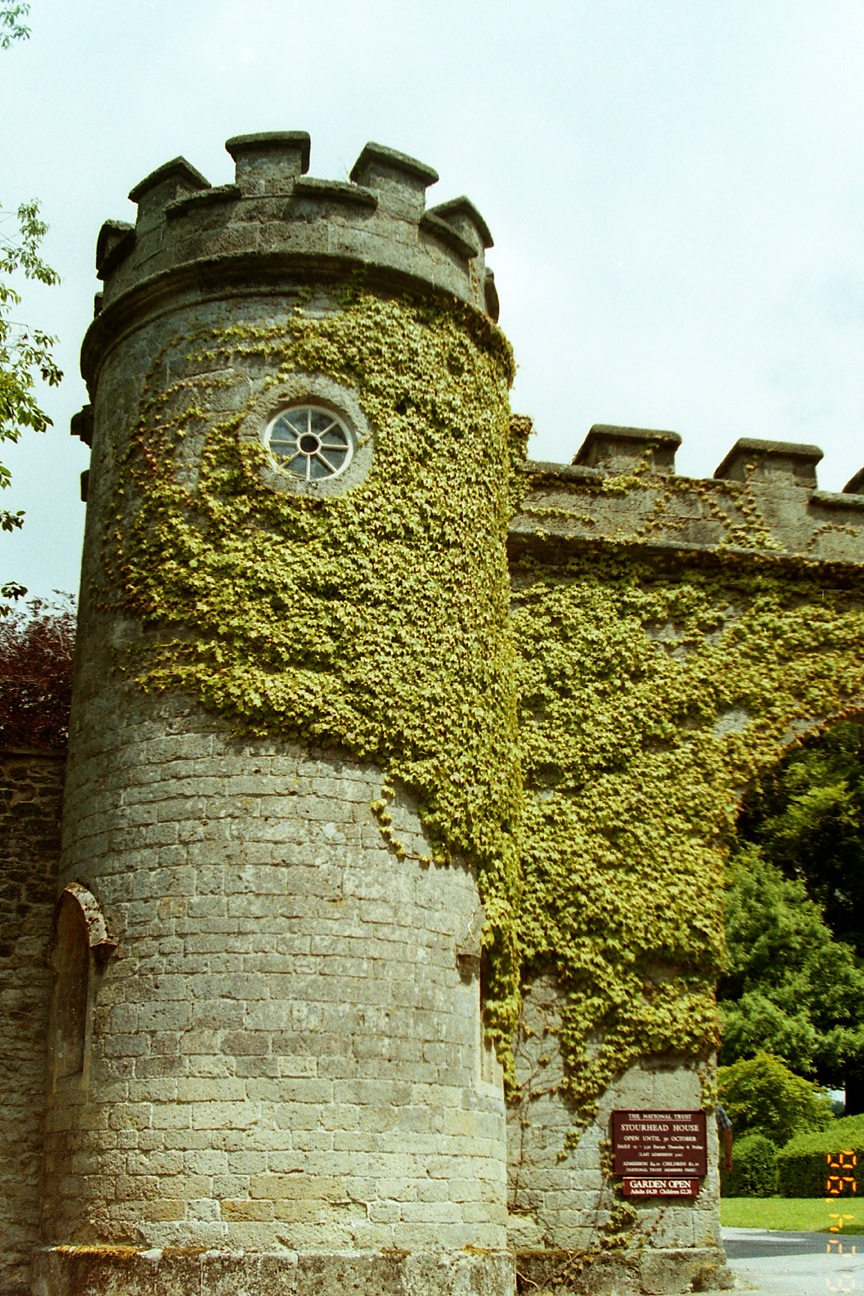
Although the main design for the estate at Stourhead was created by Colen
Campbell, there were various other architects involved in its evolution through
the years. William Benson, Henry Hoare's brother-in-law, was in part responsible
for the building of the estate in 1719. Francis Cartwright, a master builder and
architect, was established as a "competent provincial designer in the Palladian
manner." He worked on Stourhead between the years of 1749–1755. Cartwright was a
known carver, presumably of materials such as wood and stone. It is assumed that
his contribution to Stourhead was in this capacity. Nathaniel Ireson is the
master builder credited for much of the work on the Estate. It is this work that
established his career, in 1720.
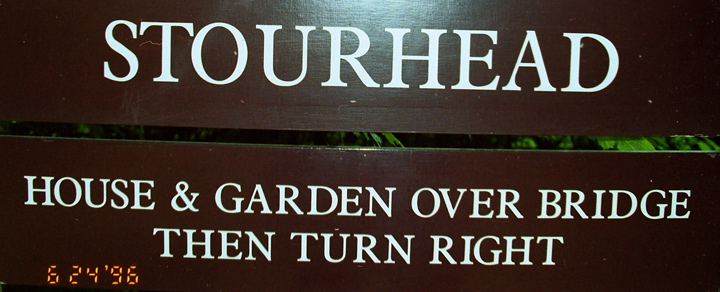
The original estate remained intact, though changes and additions were made over
time. Henry Flitcroft built three temples and a tower on the property. The
Temple of Ceres was added in 1744, followed by the Temple of Hercules in 1754
and the Temple of Apollo in 1765. That same year he designed Alfred's Tower, but
it wasn't built until 1772. In 1806, the mason and surveyor John Carter added an
ornamental cottage to the grounds; at the request of Sir Richard Colt Hoare. The
architect William Wilkins created a Grecian style lodge in 1816; for Sir R. Colt
Hoare.
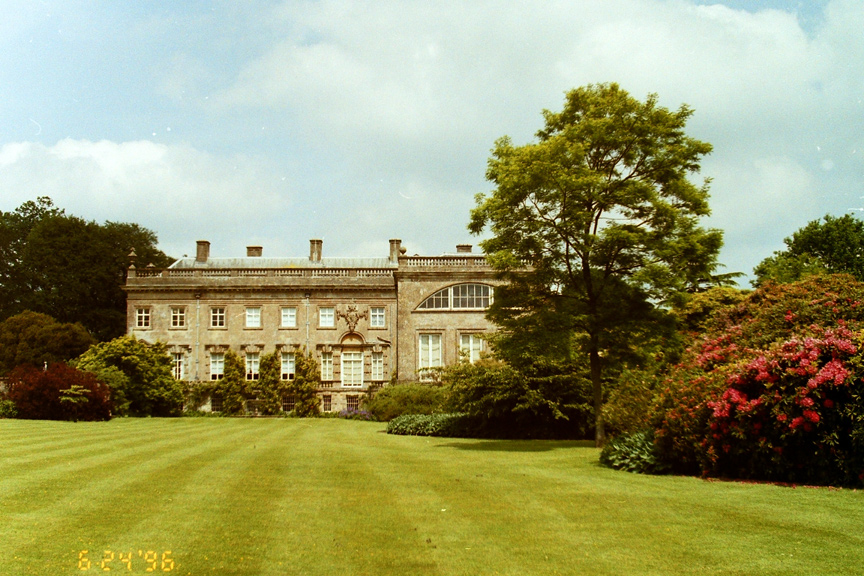
In 1840, over a century after the initial buildings were constructed, Charles
Parker was hired by Sir Hugh Hoare to make changes to the estate. A portico was
added to the main house, along with other alterations. The design of the
additions was in keeping with original plans.
"The Genius of the Place"
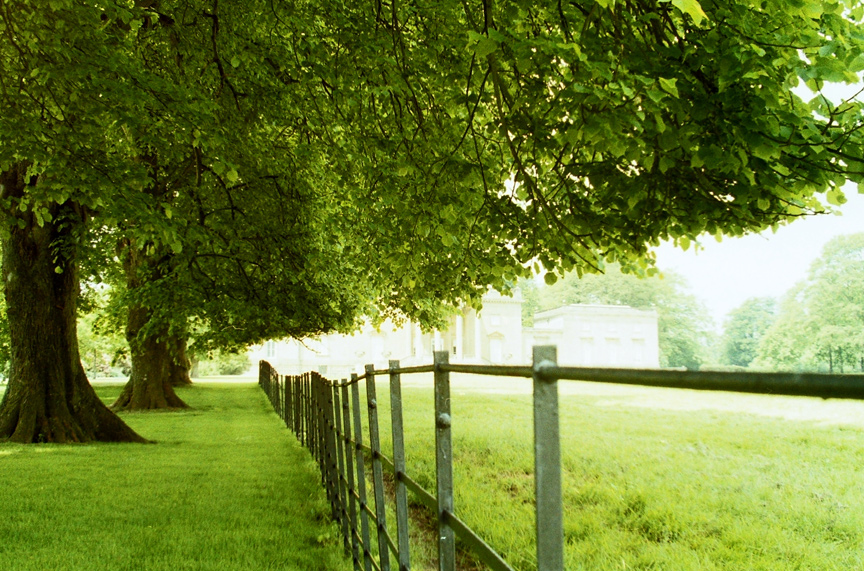
The lake at Stourhead is artificially created. Following a path around the lake
is meant to evoke a journey similar to that of Aeneas's descent in to the
underworld. In addition to Greek mythology, the layout is evocative of the
"genius of the place", a concept made famous by Alexander Pope. Buildings and
monuments are erected in remembrance of family and local history. Henry Hoare
was a collector of art– one of his pieces was Nicolas Poussin's Aeneas at Delos,
which is thought to have inspired the pictorial design of the gardens. Passages
telling of Aeneas's journey are quoted in the temples surrounding the lake.
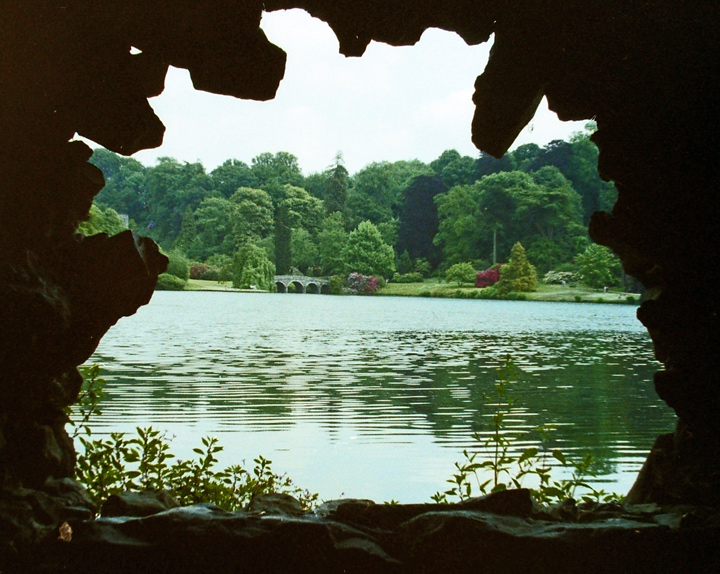
Monuments are used to frame one another; for example the Pantheon designed by
Flitcroft entices the visitor over, but once reached, views from the opposite
shore of the lake beckon. The use of the sunken path allows the landscape to
continue on into neighbouring landscapes, allowing the viewer to contemplate all
the surrounding panorama. The Pantheon was thought to be the most important
visual feature of the gardens. It appears in many pieces of artwork owned by
Hoare, depicting Aeneas's travels. The plantings in the garden were arranged in
a manner that would evoke different moods, drawing visitors through realms of
thought. According to Henry Hoare, 'The greens should be ranged together in
large masses as the shades are in painting: to contrast the dark masses with the
light ones, and to relieve each dark mass itself with little sprinklings of
lighter greens here and there.'
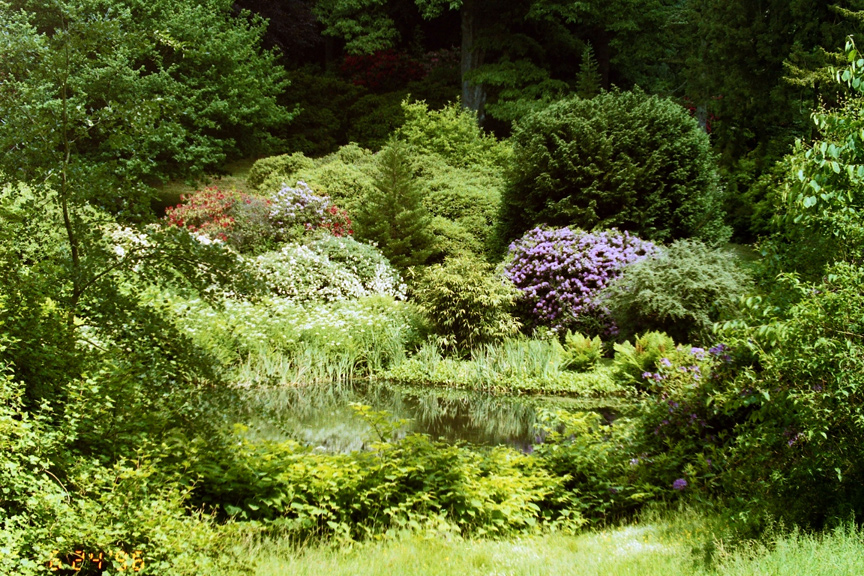
The gardens were designed by Henry Hoare II and laid out between 1741 and 1780
in a classical 18th-century design set around a large lake, achieved by damming
a small stream. The inspiration behind their creation were the painters Claude
Lorrain, Poussin, and, in particular, Gaspard Dughet, who painted Utopian-type
views of Italian landscapes. It is similar in style to the landscape gardens at
Stowe.
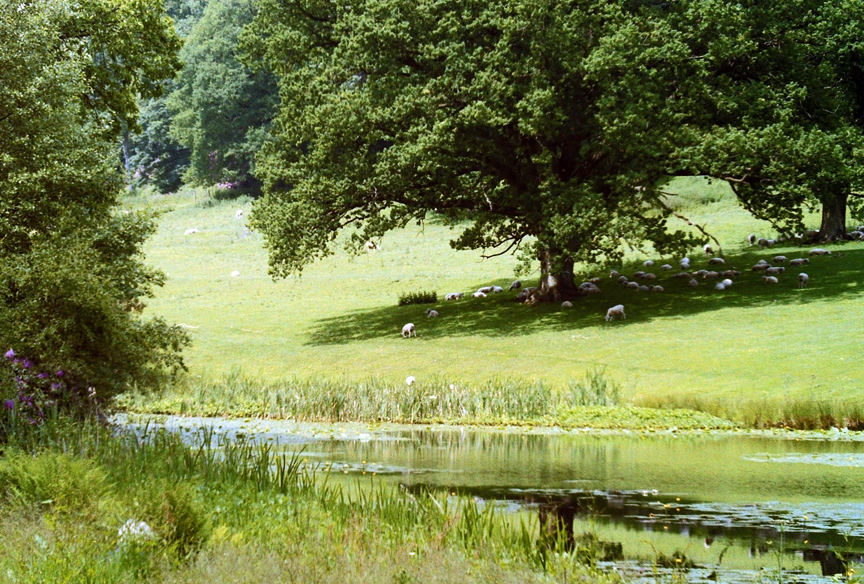
Included in the garden are a number of temples inspired by scenes of the Grand
Tour of Europe. On one hill overlooking the gardens there stands an obelisk and
King Alfred's Tower, a 50-metre-tall, brick folly designed by Henry Flitcroft in
1772; on another hill the temple of Apollo provides a vantage point to survey
the magnificent rhododendrons, water, cascades and temples. The large medieval
Bristol High Cross was moved from Bristol to the gardens. Amongst the hills
surrounding the site there are also two Iron Age hill forts: Whitesheet Hill and
Park Hill Camp. The gardens are home to a large collection of trees and shrubs
from around the world.
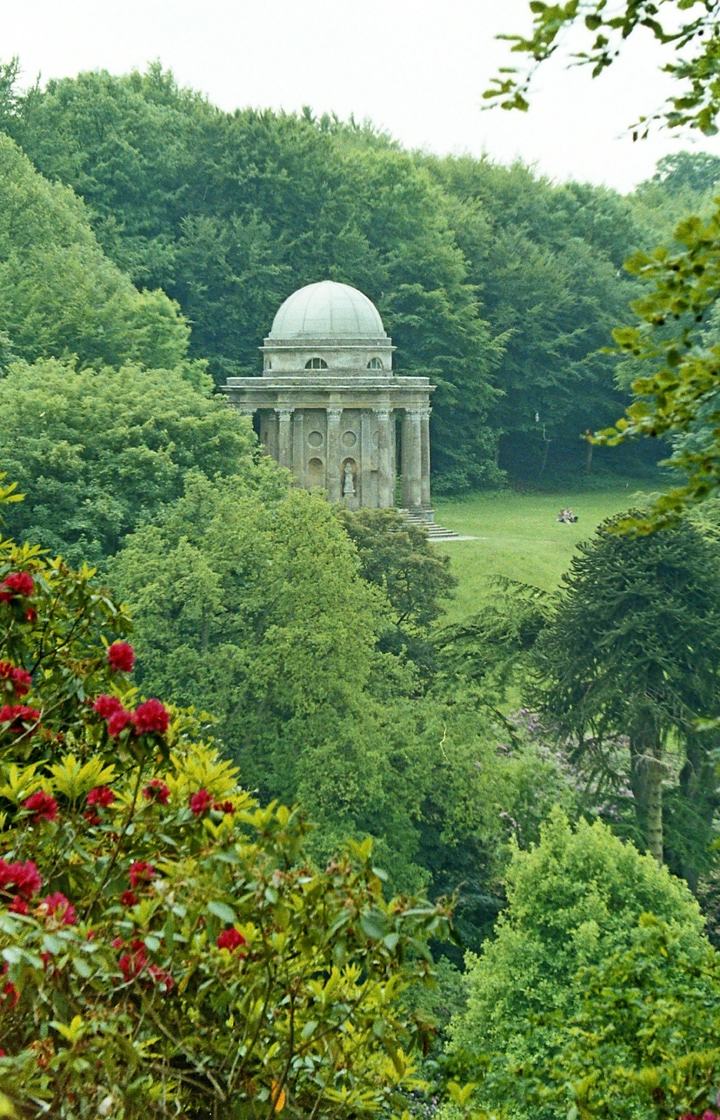
Richard Colt Hoare, the grandson of Henry Hoare II, inherited Stourhead in 1783.
He added the library wing to the mansion, and in the garden was responsible for
the building of the boathouse and the removal of several features that were not
in keeping with the classical and gothic styles (including a Turkish Tent). He
also considerably enhanced the planting – the Temple of Apollo rises from a
wooded slope that was planted in Colt Hoare's time. With the antiquarian passion
of the times, he had 400 ancient burial mounds dug up to inform his pioneering
History of Ancient Wiltshire.
Text from Wikipedia
